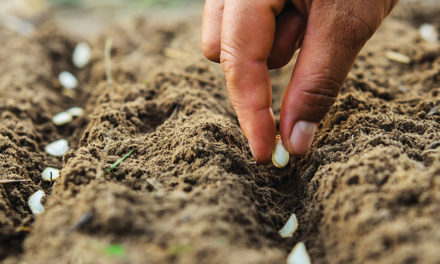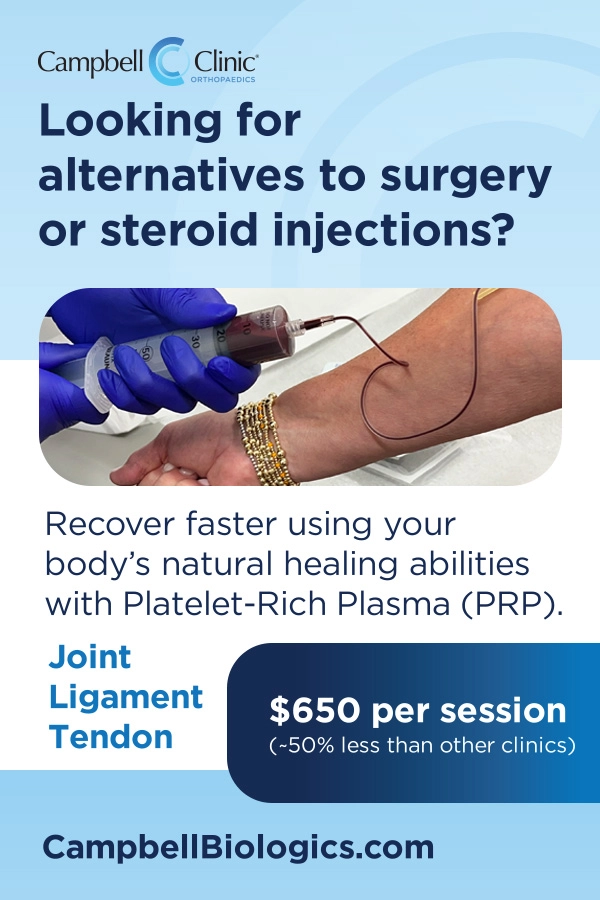As I began menstruating in my teens, my friends and I started to talk about our periods. Many of my friends had terrible cramps and were using hot pads and Midol with every cycle. I remember thinking, ‘mine aren’t as bad as hers’ or ‘I have it easy and should stop complaining.’ I wish I could go back and tell my teen self to stop minimizing my cramps and that it wasn’t something I just had to ‘endure.’
If you have experienced cramps, it’s a common misconception to think they are a normal part of menstruation. Many of our healthcare providers, friends, and family have told us they are normal. You may have been told to “suck it up and deal with it” or “they are just part of being a woman.” Did you know that 84% of people who menstruate experience period pain? I wasn’t alone, but I didn’t know there was something that I could do to resolve them and that a cramp-free period was possible, especially if they are “mechanical cramps,” where the muscles, fascia, and ligaments are causing or increasing cramps and discomfort. Diet, nutritional deficits, and conditions such as Endometriosis, PCOS, PMDD, Adenomyosis, and fibroids are common diagnoses that can cause pain with cycles or ovulation. Still, even then, there are methods that we can utilize to reduce pain and discomfort. As a MOJO Pelvic Health physical therapist, I am here to help rewrite the narrative on period pain and debunk several common myths about your cycle.
- MYTH: It is normal to have cramping the first through third days of your period.
- FACT: Cramping at any point in your cycle is never normal and can be a sign that there may be issues we need to address related to your cycle.
- MYTH: Medication and/or heating pads are the only way to relieve cramps.
- FACT: Mobility to the muscles around the uterus and ovaries often relieves cramps.
- MYTH: Clots and irregular bleeding throughout the cycle are normal.
- FACT: Blood flow should be consistent and predictable throughout the cycle.
Pelvic Floor 101
The pelvis is a complex system of muscles, bones, ligaments, fascia, and organs. A large group of the muscles in this system are called the pelvic floor muscles. These muscles help support the bladder, rectum, and reproductive organs. The ovaries and the uterus sit deep in the pelvis, close to the pelvic floor muscles.
When abdominal, lower back, and/or leg cramping is present during the cycle, it can be a sign that the pelvic floor muscles are hypertonic (too tense). At rest, the pelvic floor should be soft, mobile, and accommodating to the changing size of the uterus and ovaries throughout the cycle. When the muscles are hypertonic, there can be cramping, blood clots, and even changes in the cervical mucus.
How does the pelvic floor become hypertonic? Athletics (especially dance, cheer, soccer, and high-intensity workouts), emotional stress, and abdominal surgeries are just a few common causes of hypertonicity in the pelvic floor. For example, a high school soccer player has years of increased physical demands on the lower back, hips, and abs, leading to increased tension in the pelvic floor. When the menstrual cycle comes, the pelvic floor muscles further increase their tension, creating a cramp —similar to a charley horse in the calf.
What can I do about my period cramps?
- Seek in-person care with a MOJO Pelvic Health physical therapist. Far too often, people wait too long to seek care. Even mild cramping during your cycle is a valid reason to seek pelvic health physical therapy, and care can start as early as your teen years.
- Check out our NEW online course, ‘Move Through Your Period Without Pain.’ In this course, you will learn how the pelvic floor impacts the menstrual cycle and simple exercises you can do, prescribed by physical therapists, to reduce and ease cramps. Use the QR code below to access the course.
To learn more about pelvic health physical therapy, visit our website at mojoph.com, Instagram @mojopelvichealth and @mojo_flo_, call 901.244.3800, or email info@mojoph.com.
Ellen Warnock, PT, DPT, is a pelvic health physical therapist with MOJO Pelvic Health. She specializes in treating period pain and loves to see people experience a pain-free cycle.
By Ellen Warnock, PT, DPT










